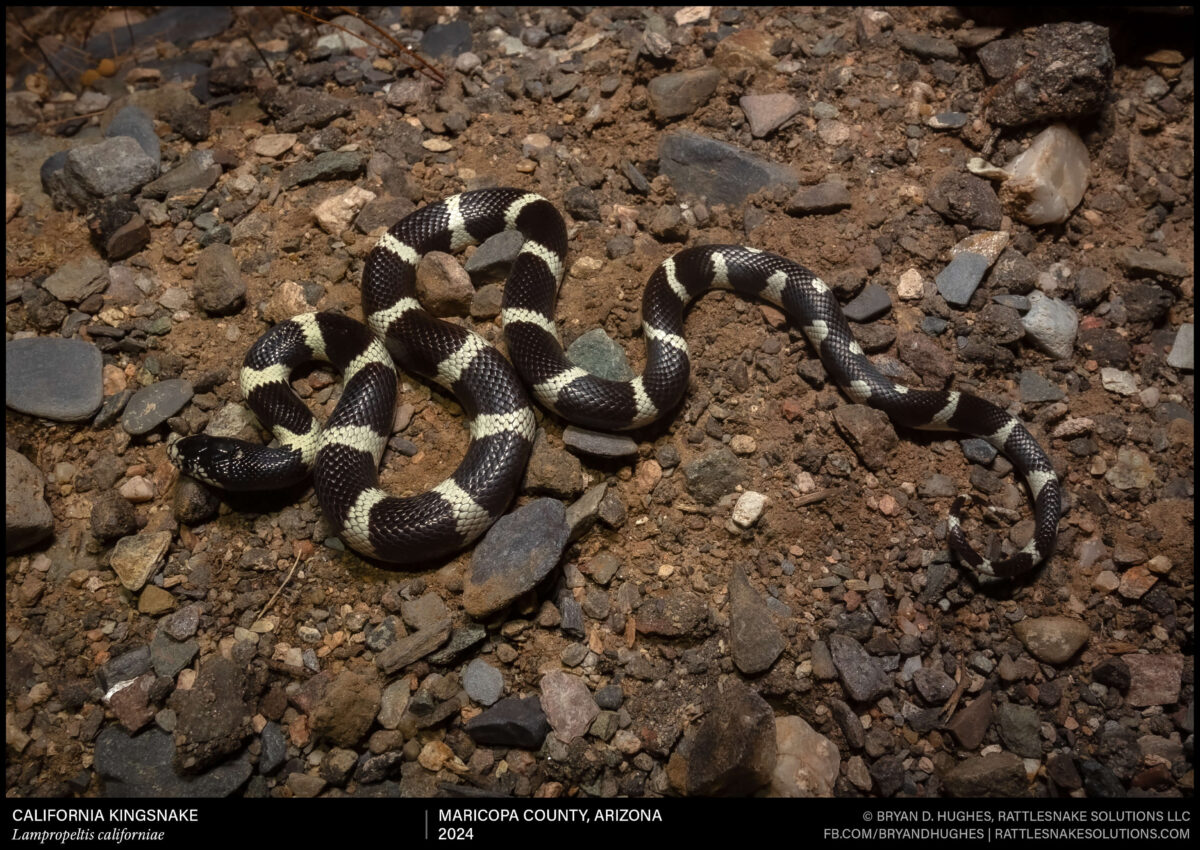One of several Rainbow Boas we found moving through the layers of leaf litter covering the ground in the Peruvian Amazon. Back home, these are popular pets. In the wild, they’re every bit as colorful … but typically highly defensive and quick to bite.










